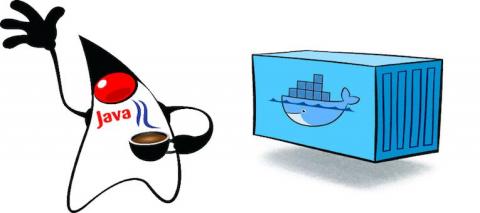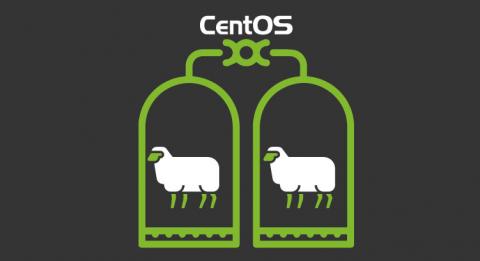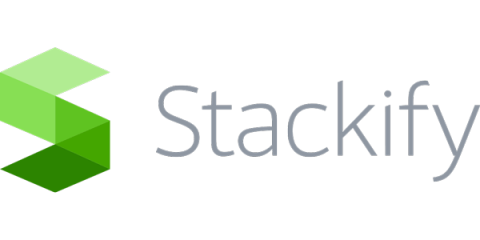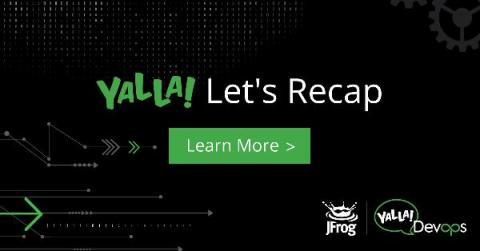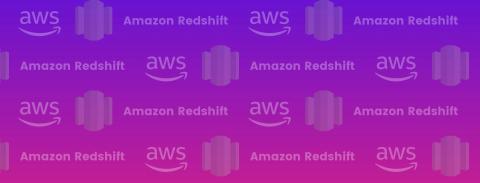Up and Running: Windows Containers With Rancher 2.3 and Terraform
Windows Support went GA for Kubernetes in version 1.14 and represented years of work. This has been the effort of excellent engineers from companies including Microsoft, Pivotal, VMWare, RedHat, and the now-defunct Apprenda, among others. I’ve been a lurker and occasional contributor to the sig-windows community going back to my days with Apprenda, and I’ve continued to follow it in my current role with Rancher Labs.



